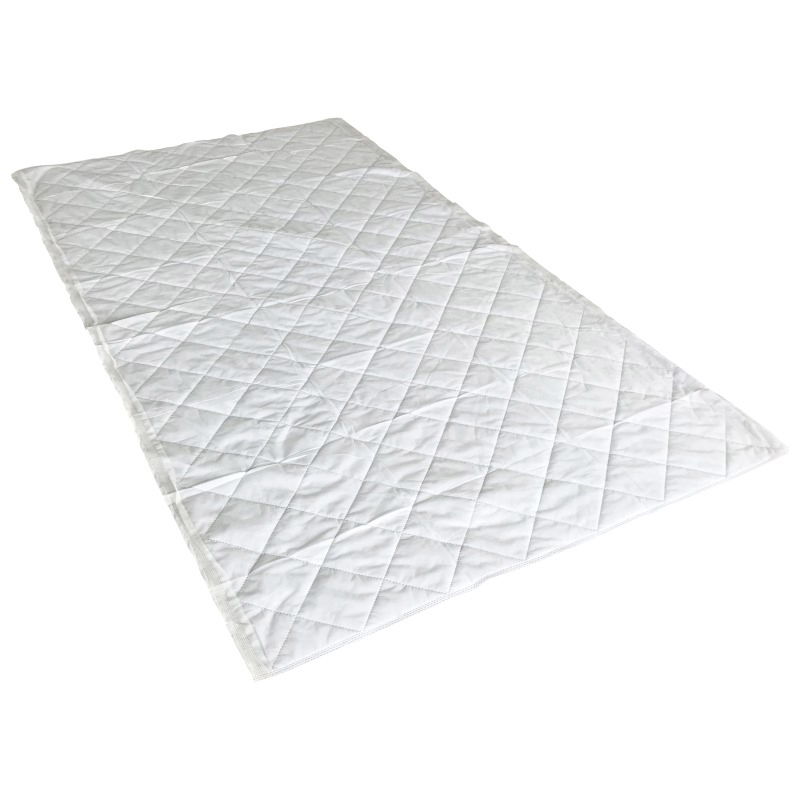Oh no! Sometimes bad things happen in our world. A big storm can come. The ground can shake hard. Or a big fire can burn homes. These bad things are called disasters. When a disaster happens, people may lose their homes. They may feel cold. They may feel scared. These people need help. They need help fast!
One very good way to help is with a special blanket. These are not like the blankets you have on your bed. These blankets are made from a special soft stuff. This stuff is called spunlace nonwoven. It sounds like a long name, but it just means it is a special kind of soft cloth. These blankets are a big help in bad times. They are often part of disposable blankets and pillows that helpers give to people. Let’s find out why these blankets are so, so good.
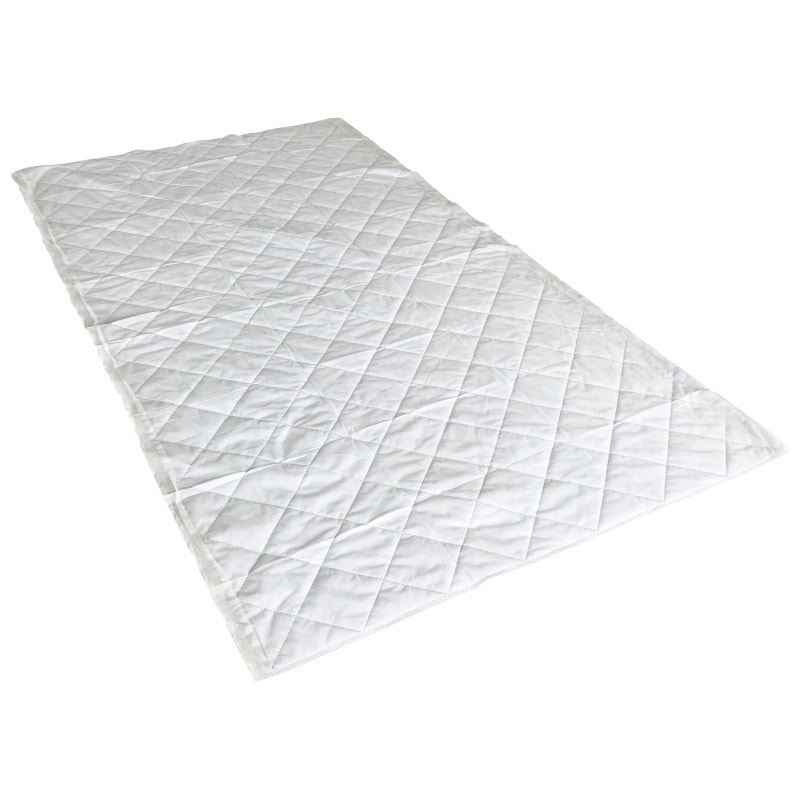
What Is This Special Blanket Made Of?
This special blanket is made from something called nonwoven cloth. Think about your shirt. Or your pants. Most cloth for clothes has threads. The threads go over and under. Or they make loops. That is called woven cloth or knit cloth.
But nonwoven cloth is not like that.
- It is made from very, very tiny bits of soft stuff.
- These tiny bits are called fibers.
- The fibers are not woven like threads.
- To make spunlace nonwoven cloth, tiny sprays of water are used.
- These water sprays are very strong!
- They push all the tiny soft bits together.
- The soft bits get all tangled up.
- They hold on to each other very tight.
- This makes a soft cloth.
- No glue is used. Just water power!
This way of making the blanket makes it very special. Here is why:
- It is Very Soft: The blanket feels very, very soft. It is nice to touch.
- It is Strong Too: Even if it is soft, it is still strong. It does not rip easy.
- It Can Soak Up Water: If the blanket gets a little wet, it can soak up some water.
- Air Can Go Through: A little bit of air can go through the blanket. This helps your skin stay nice.
- It is Not Heavy: The blanket is light. It is easy to lift and carry.
- It is Good for Skin: This blanket is kind to your skin. It does not make skin feel bad or itchy.
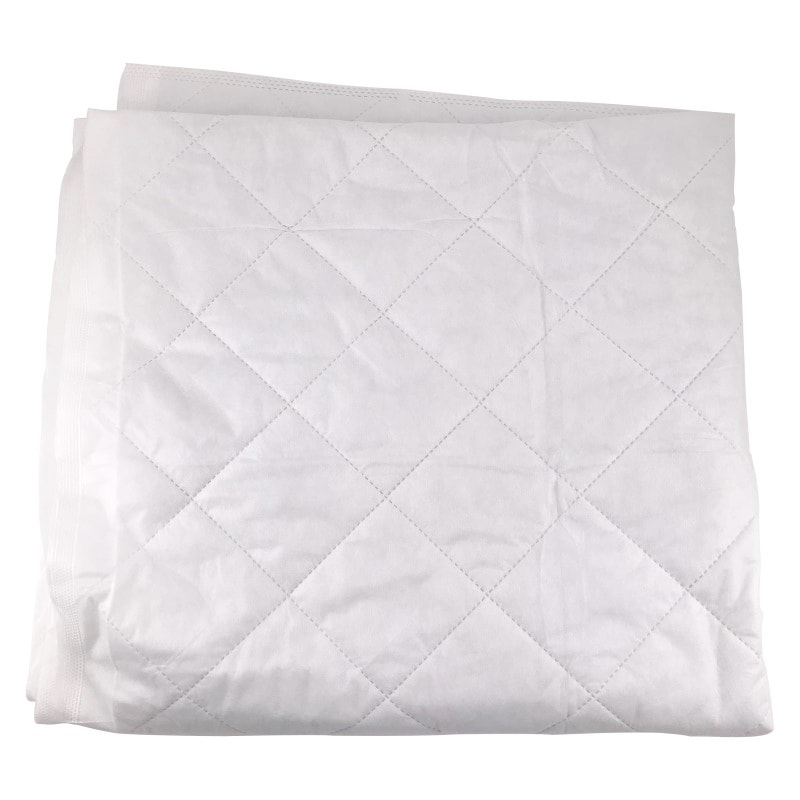
Why Are These Blankets So Good for Help?
These spunlace nonwoven blankets are a big, big help. They are good in many ways when there is a bad time. A bad time is called an emergency. Let’s see why they are so good.
1. They Keep People Warm
When it is cold, people need to stay warm. After a big storm or a flood, it can be very cold.
- This blanket helps keep a person’s own warm air close to them.
- It is like a warm hug from the blanket.
- The blanket stops the cold air from getting to the person.
- It is very, very important to stay warm.
- If people get too, too cold, they can get very sick.
- This special blanket helps stop that from happening. It keeps them safe and warm.
2. They Are Easy to Carry and Give Out
When there is an emergency, helpers need to bring help fast.
- These blankets are very light. They do not weigh much.
- One helper can carry many blankets all at one time.
- The blankets can also be packed up very small.
- This means that many, many blankets can fit into a truck.
- They can fit in a boat. They can even fit in an airplane!
- So, helpers can bring lots of blankets to all the people who need them.
- They can bring them very fast. Getting help to people fast is super important in a disaster.
3. They Are Clean and Safe to Use
In a disaster, it can be hard to keep things clean. There might not be clean water to wash things.
- Each spunlace nonwoven blanket is new. It is clean for each person.
- A person can use the blanket. It is just for them.
- When they are done, the blanket can be thrown away. We call this disposable.
- This is very good. It helps stop tiny bad things called germs from going from one person to another.
- Keeping germs away helps people stay healthy.
- This is like how helpers might wear a disposable non woven apron to keep their own clothes clean and stop germs too.
4. They Are Soft and Nice for Skin
When people go through a very hard time, little soft things can mean a lot.
- These blankets feel very soft and nice.
- This is good for skin. Even if skin is sore or has a little boo-boo, the blanket is gentle.
- When people are scared or sad, a soft blanket can make them feel a little bit better.
- It feels like a little bit of comfort. It will not make their skin feel itchy or bad.
5. They Can Soak Up Some Water
Sometimes, after a flood, or if it rains, things can be wet. Or a person might be sweaty.
- These blankets are pretty good at soaking up a little bit of water.
- If a person is a bit damp, the blanket can help them get dry.
- This helps them feel more cozy and not so wet.
- Other soft things, like Spunlace disposable face towels, are also made from this special spunlace stuff. They can also help keep people clean and dry.
6. They Are Strong for Tough Times
These blankets are light. They are soft. But guess what? They are also quite strong!
- They do not rip or tear very easy.
- They can be used in places that are messy.
- They can be used in places that are rough after a bad thing has happened.
- They will still do their job. Their job is to keep people warm and feeling a bit better.
7. They Do Not Cost Too Much Money
The groups that help people in disasters need to be careful with money. They want to help as many people as they can.
- These special blankets do not cost a lot of money to make.
- This is good news for the helping groups.
- It means they can buy many, many blankets.
- When they can buy lots of blankets, more people who need help can get one.
- This means more people can be warm and safe.
8. They Are Good for All Kinds of Skin
Some people have skin that gets red or itchy very easy. This is called sensitive skin.
- The special stuff these blankets are made from is usually very good for all skin types.
- It does not often cause skin troubles like redness or itchiness.
- This makes the blankets safe for babies.
- It makes them safe for old people.
- It makes them safe for anyone whose skin needs extra care.
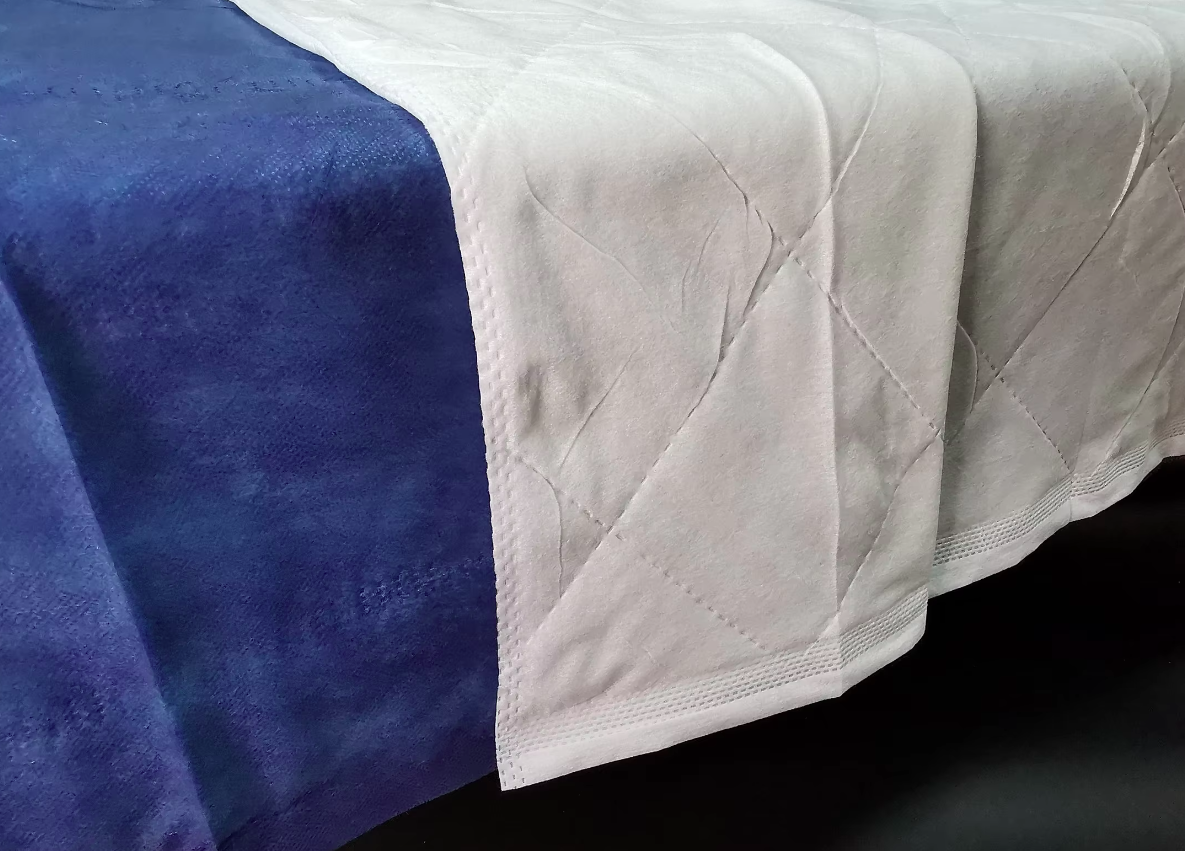
How Are These Blankets Used to Help People?
Spunlace nonwoven blankets are used in many ways when there is an emergency. Here are some ways helpers use them:
- In Big Safe Places for People:
- After a disaster, some people lose their homes.
- They might go to big, safe places like schools or big halls. These places are called shelters.
- These blankets help people in shelters stay warm at night.
- People can also use the blankets to make a small, cozy space for their family to rest. It can feel a bit more private.
- For People Who Are Hurt or Sick:
- If a person is hurt, or if they are sick, a blanket can be put over them.
- It helps keep them warm. It is important for sick or hurt people to stay warm. It helps them get better.
- If there are no real beds, the blanket can be a soft thing for them to lie on.
- Sometimes, helpers also use other soft things like Large disposable bath towels to help clean and dry people if they are hurt or wet. This keeps them clean and comfy.
- When People Must Leave Home Very Fast:
- Sometimes, a disaster happens so fast.
- People must leave their homes right away!
- They might not have any time to pack their bags. They might not bring anything with them.
- When they get to a safe place, helpers can give them one of these special blankets.
- This helps them feel a little bit warmer. It helps them feel a little bit safer too.
- For People Found by Helpers:
- Sometimes, people can get lost during a disaster. This is very scary.
- Brave helpers go out to look for them.
- If they find someone who has been out in the cold, or out in the rain, they give them a blanket.
- This warms the person up fast. It helps them feel much better.
- In Very, Very Cold Weather Times:
- If there is a big snow storm, or if it gets super, super cold, these blankets are very, very important.
- They can help stop people from getting dangerously cold.
- Getting too, too cold is very bad for the body. It can even make people die.
- These blankets can help save lives in very cold times.
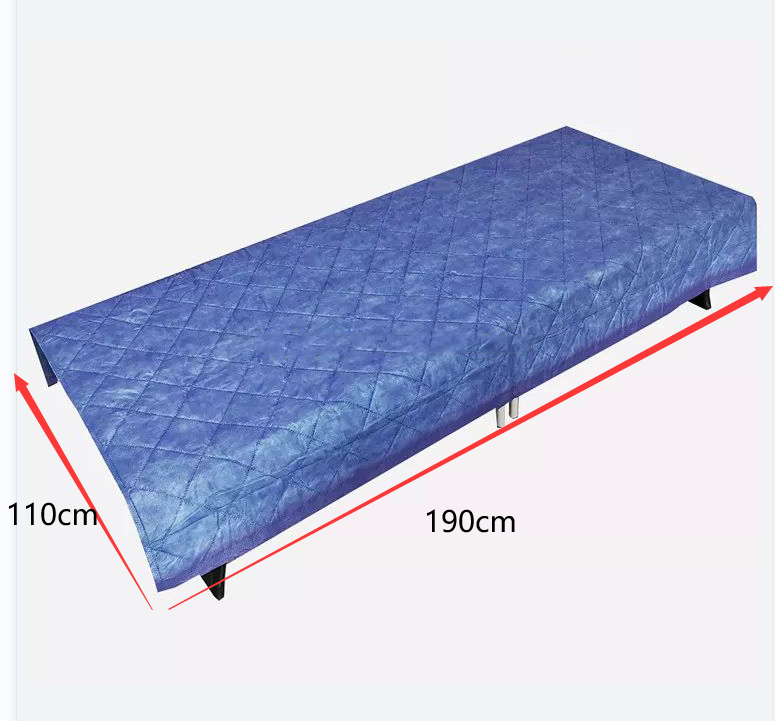
More Than Just a Blanket
These spunlace nonwoven blankets are great for keeping people warm. But they do even more than just that!
- They Give Comfort: When very bad things happen, people feel very scared. They might feel very sad. A soft, warm blanket can feel like a gentle, warm hug. It can make them feel a tiny bit safe. It can make them feel like someone cares.
- They Give Respect: Having a clean blanket that is just for you can help people feel a little more like themselves. Even when things are very hard, this small thing can help. It gives them some respect.
- They Show People Care: When someone who is cold and scared gets a blanket, it is a sign. It is a sign that other people care about what happened to them. It shows them they are not all alone.
- They Help Helpers Do Their Job: When helpers have good things like these blankets to give out, they can do a better job. Their job is to take care of people. These blankets make their very hard work a little bit easier.
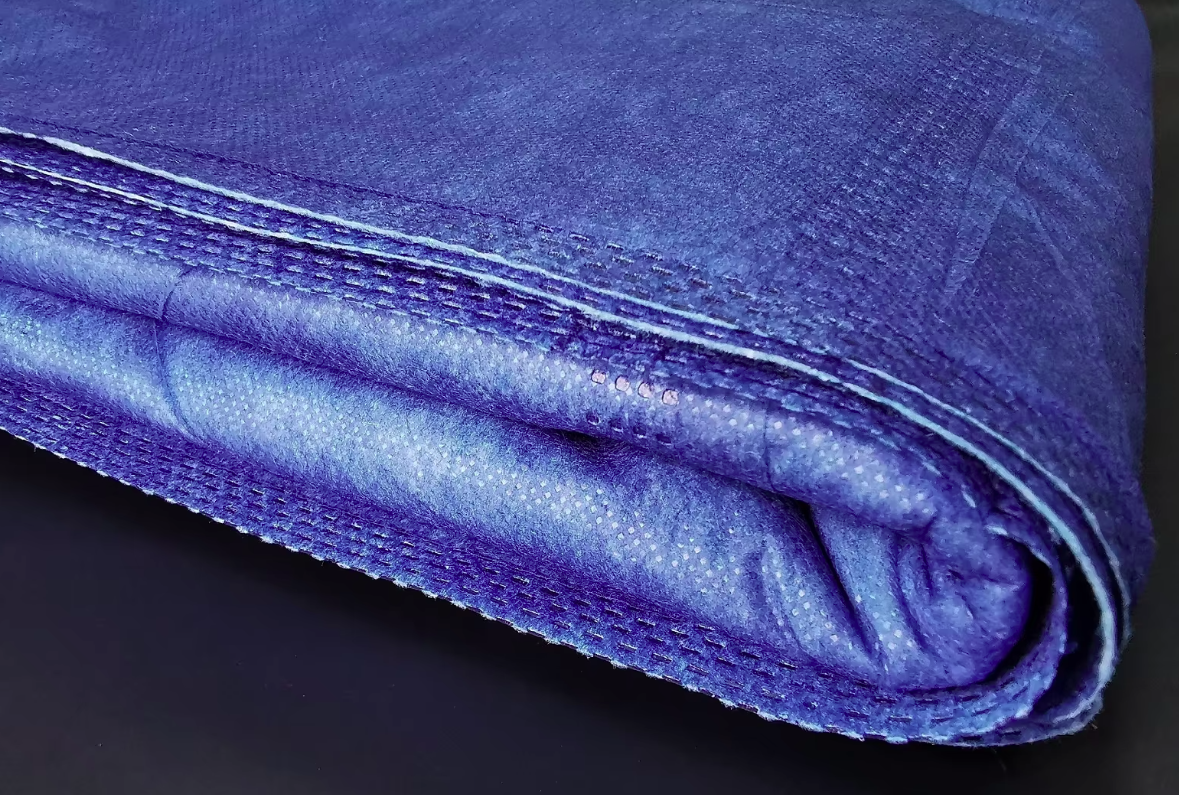
Why These Blankets Are So Very, Very Special
Spunlace nonwoven blankets are a truly special tool. They are a special tool for helping people when times are very bad.
- They are made in a smart way. This makes them soft but also strong.
- They are light. This means lots of them can be taken to places where people need help fast.
- They are clean for each person. This helps stop sickness from spreading around.
- They are warm. They protect people from the cold, cold air.
- They do not cost too much money. This means many people who need one can get one.
These blankets play a big, big part in helping people. They help people all over our big world. They are simple things, yes, just a blanket. But they bring warmth when it is cold. They bring comfort when people are scared or sad. And they bring a little bit of hope when hope is needed most. They are a kind and smart way to help other people in an emergency. Many groups that help people make sure to have lots of these special blankets ready. They know that a simple disposable blanket from the bedding and towels supply can make a big, big difference.

